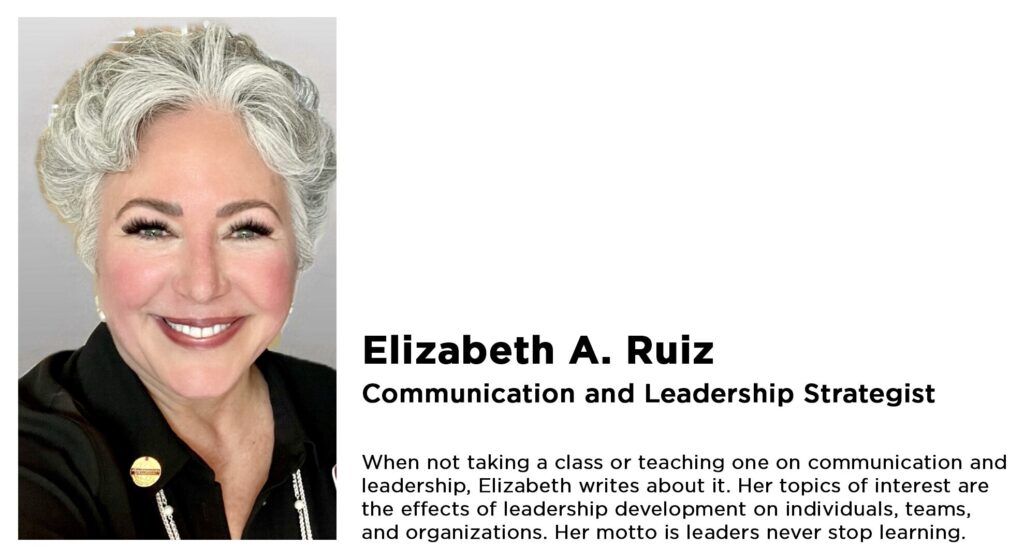Why Volunteerism Makes You a Standout Candidate in 2025
In 2025, job seekers face a rapidly evolving professional landscape. Employers are no longer just looking for technical skills or a polished resume—they’re seeking well-rounded individuals who can contribute to their organizational culture and values. One way to demonstrate your versatility, empathy, and commitment to making a difference is through volunteerism.
Volunteering doesn’t just benefit the community; it benefits you as a job seeker. Here’s why volunteerism can make you a standout candidate in 2025:
1. Demonstrates Emotional Intelligence
Employers value emotional intelligence (EQ) as much as technical expertise. Volunteering helps you build and showcase EQ by:
- Fostering empathy: Engaging with diverse groups expands your ability to understand and relate to others.
- Improving communication: Navigating different environments strengthens your interpersonal skills.
- Cultivating teamwork: Collaborative volunteer projects mirror the dynamics of workplace teams.
When you can articulate how volunteering has enhanced your emotional intelligence, you position yourself as a candidate who brings both technical skills and a strong ability to work well with others.
2. Highlights Transferable Skills
Volunteering often involves solving real-world problems, managing projects, and working with limited resources. These experiences can translate into valuable workplace skills such as:
- Leadership: Organizing events, leading teams, or mentoring others.
- Time management: Balancing volunteer work with other responsibilities.
- Adaptability: Thriving in new or challenging environments.
For example, if you coordinated a food drive, you’ve demonstrated planning, communication, and logistical skills—qualities that any employer would appreciate.
3. Showcases a Commitment to Values
In 2025, more companies will prioritize social responsibility and seek employees who align with their mission. Your volunteer work can demonstrate that you’re not just about personal gain but also committed to giving back. Highlighting causes you’re passionate about—whether environmental sustainability, education, or community health—shows employers that you bring purpose and integrity to the workplace.
4. Builds Your Professional Network
Volunteering connects you with like-minded individuals, community leaders, and professionals from various industries. These connections can lead to:
- Job referrals: A fellow volunteer might recommend you for an opportunity.
- Mentorship: Community leaders often serve as valuable mentors.
- Industry insights: Volunteering in your desired field offers a behind-the-scenes look at its operations.
Networking through volunteerism can lead to opportunities you may not encounter through traditional job search methods.
5. Provides a Sense of Purpose During Job Searching
The job search process can be emotionally taxing, but volunteering offers a sense of purpose and fulfillment. It reminds you that your skills and time have value, even when you’re between jobs. This positivity can boost your confidence and motivation, which will shine through in interviews.
How to Showcase Volunteerism on Your Resume and in Interviews
To make the most of your volunteer experience, integrate it effectively into your job applications and discussions:
- Resume: Include a dedicated “Volunteer Experience” section emphasizing measurable outcomes (e.g., “Led a team of 10 to raise $5,000 for local animal shelters”).
- Cover Letter: Share how your volunteer work aligns with the company’s values or mission.
- Interviews: Use specific examples from your volunteer experiences to illustrate your skills, adaptability, and leadership qualities.
Final Thoughts
In today’s competitive job market, standing out isn’t just about being qualified—it’s about being memorable, relatable, and values-driven. Volunteerism offers a unique opportunity to grow personally and professionally while making a tangible impact. By sharing your volunteer journey, you enhance your candidacy and inspire others to pursue meaningful work both in and out of the office.
So, as you plan your career moves in 2025, consider dedicating time to a cause you care about. It might just be the experience that sets you apart from the crowd—and makes all the difference in landing your next role.

Elizabeth Ruiz: Strategic Communication and Leadership Expert
Elizabeth Ruiz is a seasoned strategic communication and leadership expert, passionately dedicated to exploring how ethical leadership, psychology, and communication drive organizational success. With a career rooted in applying advanced leadership theories, Elizabeth’s work in management consulting, strategic HR, and organizational effectiveness helps corporate, governmental, and nonprofit organizations transform their management practices. When she isn’t teaching or studying as a student, she writes extensively on topics such as strategy, management, and the psychology of effective leadership.
Elizabeth’s approach is defined by her unwavering belief that true leaders are lifelong learners. Connect with Elizabeth on LinkedIn.





